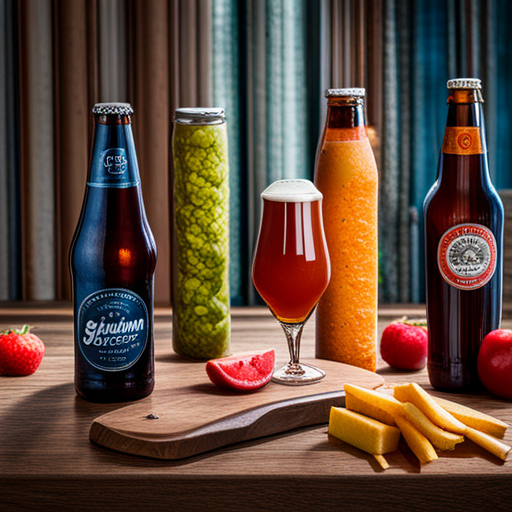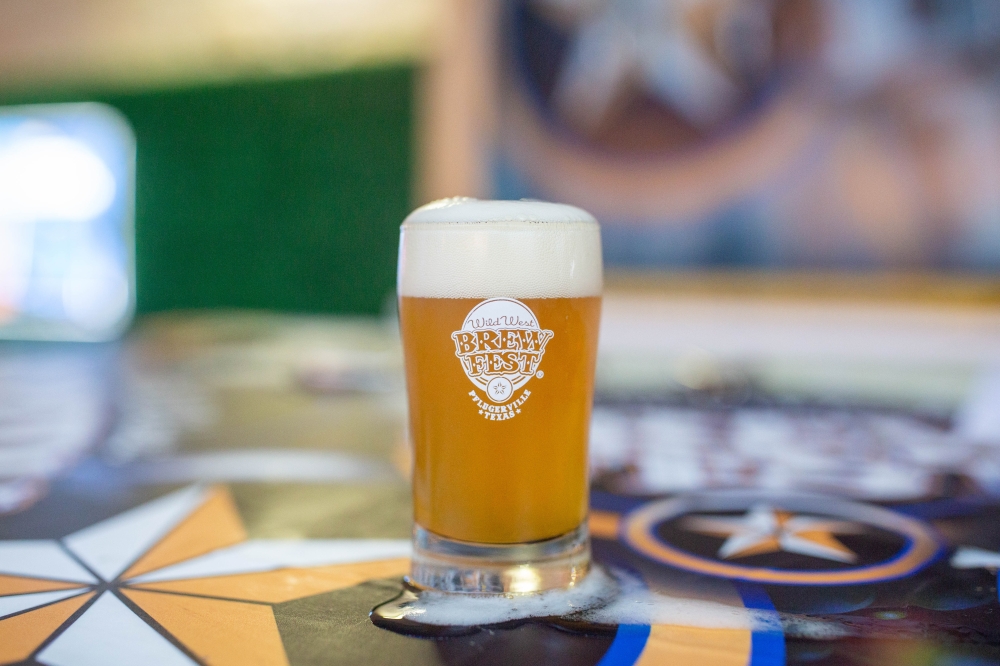Deliciously Strange: The World of Fruit(ed) Beer
Beer is often thought of as a manly drink. It conjures up images of burly men with large mugs of ale in their hands, cheering and laughing in a crowded pub. However, as the world of craft beer has grown, it has become more diverse and inclusive. Fruit in beer was once a taboo mix, but today it is considered an exciting trend that has gained immense popularity among beer enthusiasts globally.
A Brief History:
The use of fruits in beer dates back centuries1. Medieval monks brewed beer with fruits, herbs, and flowers. Around the 16th century, German brewers used fruits like raspberry, cherry, and apple as primary ingredients for beers. Belgian breweries developed the Lambic style, which is made by fermenting with wild yeasts and bacteria that are naturally present in the air. The beer is then aged in barrels with fruits such as raspberries and cherries.
A World Full of Flavor:
The combination of fruity and beer flavor is a unique and delicious experience. For those who want a breath of fresh air from the traditional beer styles, fruity beers offer a fascinating range of taste experiences. With the added sweetness of fruits such as strawberry, grapefruit, and apricot, the beer becomes more accessible to those who may not be fond of bitter tastes.
Fruit beers can come in a variety of styles, such as IPAs, wheats, and sours. Newer fruity beer styles, such as Milkshake IPAs, made with lactose and fruit ingredients, have a creamy texture and fruity aroma. Fruity Sours are tart, with a refreshing hint of fruit flavors. Fruit Wheat beers, on the other hand, are lighter and more refreshing, with a sweet and crisp flavor.
Fruit(ed) Beer with Food:
Fruit in beer is not just for drinking- they can also be an excellent accompaniment to a meal. The fruity, tart, and sweet flavors of a fruit beer can balance out spicy foods, creamy dishes, and salads. A raspberry beer can complement a crisp and tangy salad, while apricot beer can complement sweet and savory dishes.
Where to Try Fruit(ed) Beer?
If you are looking to try Fruit(ed) beer, the best place to start is your local craft brewery. Alternatively, you can visit a dedicated beer bar that lists a wide range of fruit beers on their menus. Many beer festivals across the world showcase fruit beers, which are always a crowd favorite.
Fruit(ed) beers, while traditionally taboo, have evolved to become a testament to the creativity and experimentation in the craft beer industry. With a vast range of flavor and tasting experiences, fruit beers are worth exploring for beer enthusiasts who crave something new and exciting.
1 Stange, R., & Calagione, S. (2014). Fruit(ed) beer. Beverages, 1(1), 16-26.






